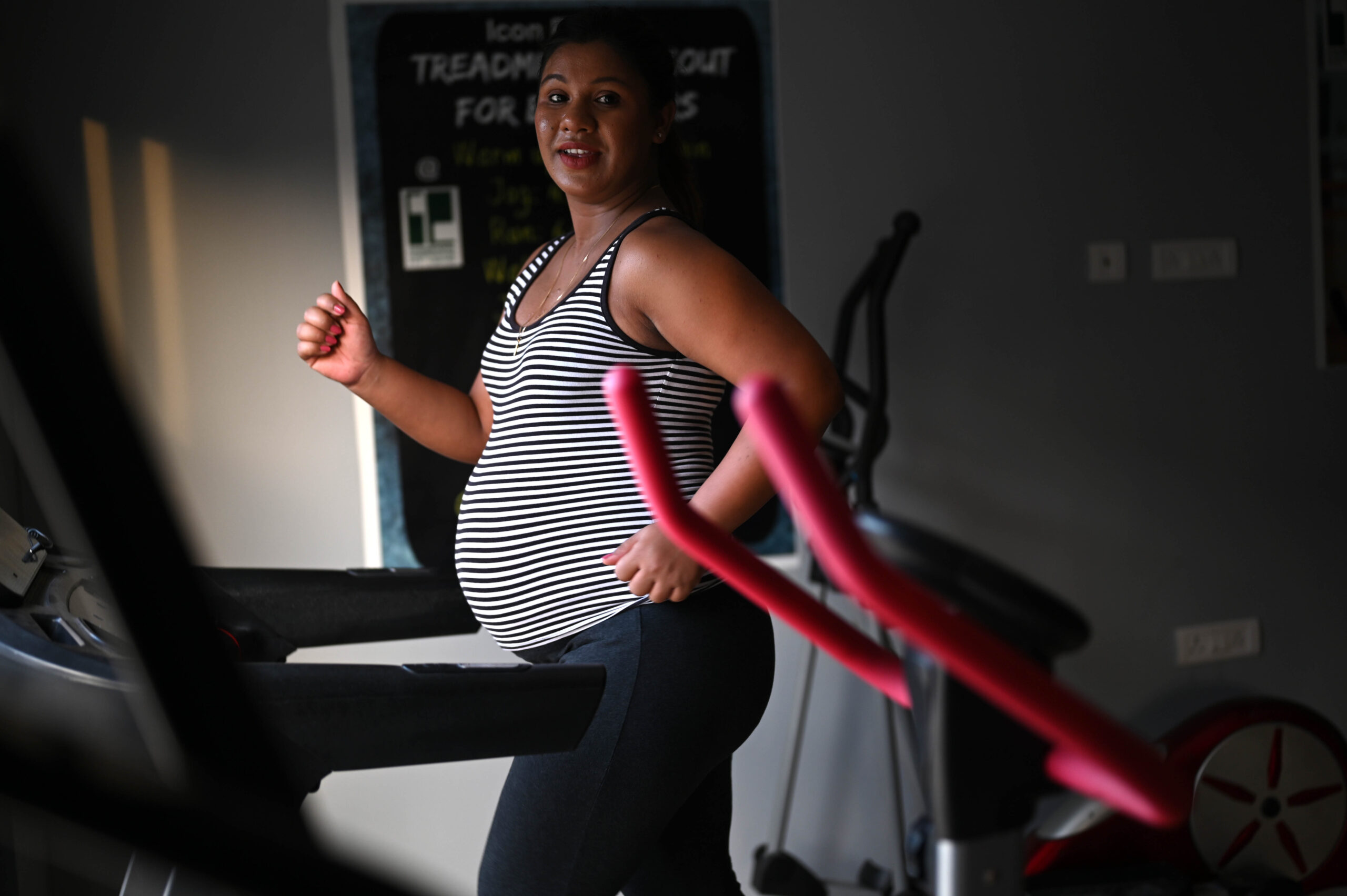
Walking, the simplest and most accessible fitness activity, is loaded with health benefits such as enhancing one’s mood, helping manage diabetes and hypertension, weight management and strengthening the cardiovascular system.
But today it has become quite the norm to track the number of steps taken per day. As a result, many people aim to reach the ‘magic’ figure of 10,000 steps every day.
Experts, however, say just taking 10,000 steps is not enough to build or maintain fitness.
READ MORE
How many steps you should walk daily to live longer
A 2016 research paper recorded that the 30 participants who walked 10,000 steps daily had significantly lower levels of anxiety, depression, anger, fatigue and confusion. Their mood distress scores, when compared with measurements taken before walking, were better. Their physical parameters improved too.
However, these are benefits traditionally associated with walking a certain distance. The question is how or when did the 10,000 steps magic figure come into vogue, and whether the number has a bearing in enhancing the benefits of walking.
History of the 10,000-step count
There is a belief that the brand name of a pedometer (a device used to measure distance covered by counting the number of steps taken) which came into the market in Japan in 1965 possibly led to the trend. The brand Manpo-kei, which translates to ‘10,000 steps meter’, seems to have reinforced the number in the fitness lexicon.
Fitness and health professionals have been setting this number as a target, and as things are now, it has been accepted as a norm – with valid enough reasons. Moving about and being physically active is important in what is becoming an increasingly sedentary world? And if counting steps helps, why not?
However, people tend to forget that 10k steps is just the bare minimum. For overall fitness, you need more.
“The reason why this walking 10,000 steps a day thing came about is because over time we have decreased our day-to-day movements,” says Lucknow-based ACE certified fitness trainer and former competitive bodybuilder, Swapnil Mishra. “Walking is important for humans but due to a bad lifestyle, we are fascinated with it as exercise. The human body is not meant for sitting in one place.”
However, a person is not likely to improve his fitness by just walking 10,000 steps a day, insists Mishra, a former Mr Uttar Pradesh title winner.
“Fitness has multiple components like strength, endurance, flexibility and cardiovascular health,” adds Mishra. “So, just walking 10,000 steps a day is not the yardstick for fitness. This is kind of like a race which is going on now.”
Importance of strength training and diet with walking
Maintaining muscular strength is important not only for overall fitness but also for keeping postural issues away.
“If someone is not involved in any sort of strength training activity then post their 30s, they will start losing muscle mass which is detrimental for the body,” explains Mishra. “Strength training is important for overall maintaining fitness. It also helps build bone density.”
The key is to find a proper balance between strength or resistance training and cardio. However, if someone is leading a sedentary lifestyle, then walking can be a good way to start their fitness routine.
Diet is another important aspect. “No matter how much a person works out or the number of steps taken in a single day, if there is no control over diet then all of it goes in vain,” says Mishra. “Rather than focusing on 10,000 steps, what is more important is to get people apprised of the benefits of weight training exercise, teach them about calorie counting along with what to eat and what not to eat.”
Gradual increase to 10k steps
The intensity of an exercise needs to be gradually increased over time. Directly jumping into 10,000 steps can be detrimental.
“For those who are above 50, whether a person is physically active or inactive, a complete physical checkup is important,” elaborates Mishra. People may have underlying cardiac or some other health issues. And those who have been inactive should start gradually. Start with 1,000 steps and then slowly increase. Even if someone is unable to do 10,000 steps in a day, it doesn’t matter and should never be taken negatively.”
Physical activities, sports and burning calories
Walking a lesser number of steps and involving different physical activities can lead to more calorie loss than just doing 10,000 steps a day.
“If someone is walking say 2,000 to 3,000 steps a day but their routine involves different activities like strength training, cycling, swimming or playing a sport like cricket, then they will burn more calories than those who follow the 10,000 daily steps count,” says Karnan Naveen Kumar, a fitness trainer from Hyderabad. “And for the elderly who may not be able to walk these many steps, they can do less and do breathing exercises like pranayama or yoga.”
Doing just one activity consistently results in the body hitting a plateau. To break this, it is important to bring in a variation in the physical activity. “It is important to bring in a variation, as the body gets easily adjusted to a routine,” adds Naveen Kumar.
Takeaways
- Walking 10,000 steps a day is just a bare essential activity, and your fitness routine should not revolve around just that, say experts. Wholesome fitness has other components – strength, endurance, flexibility, cardiovascular health etc.
- Post 30s an individual starts losing muscle mass; thus it is important to incorporate strength training either through bodyweight training or weight training into the fitness routine. This will help retain the muscle mass and improve bone density.
- Along with walking, activities such as cycling, swimming or playing sports will bring in a variation in the routine, and also prevent a fitness plateau.

















